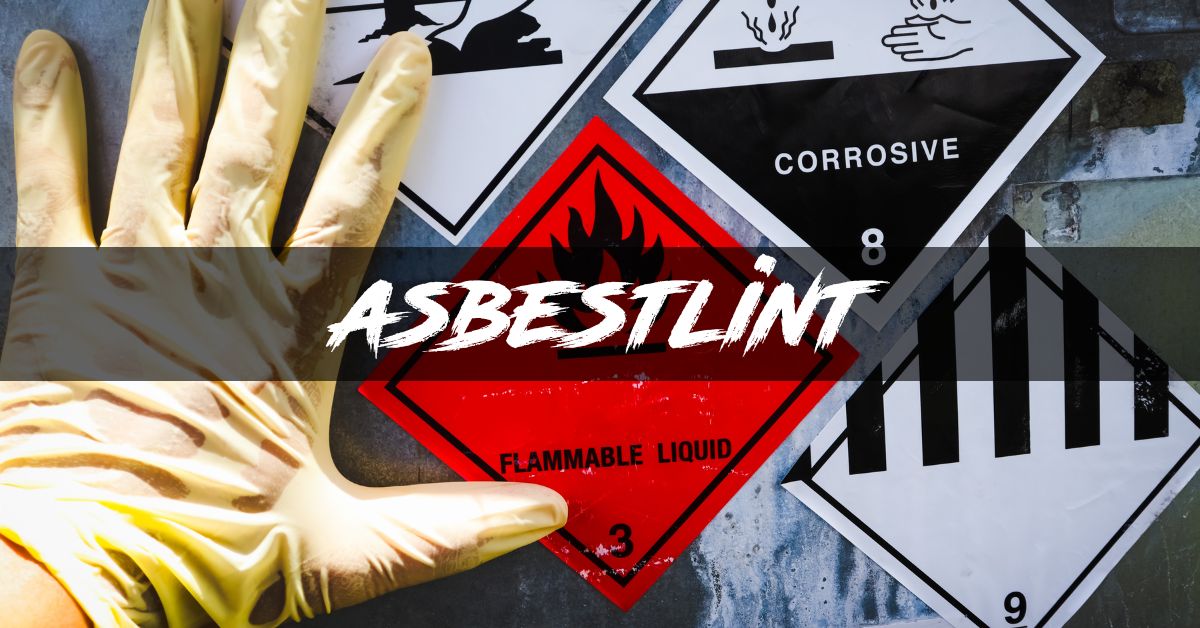Asbestos is a naturally occurring mineral that was once widely used in construction, manufacturing, and various industries due to its heat resistance, durability, and insulating properties. However, over time, it became evident that asbestos exposure poses severe health risks, including life-threatening diseases such as mesothelioma, lung cancer, and asbestosis. Despite being banned or heavily regulated in many countries, asbestos remains a concern in older buildings and products.
This article explores the history of asbestos, its health effects, current regulations, and safety measures for handling asbestos-containing materials (ACMs).
Asbestos refers to a group of six naturally occurring silicate minerals composed of fine, durable fibers. These fibers are resistant to heat, fire, and chemicals, making them useful in various industrial applications. The six types of asbestos are:
- Chrysotile (White Asbestos) – The most commonly used form, found in roofs, ceilings, walls, and brake linings.
- Amosite (Brown Asbestos) – Often used in cement sheets and pipe insulation.
- Crocidolite (Blue Asbestos) – Known for its heat resistance but considered the most hazardous.
- Anthophyllite, Tremolite, and Actinolite – Less commonly used but still pose health risks.
Due to its fibrous nature, asbestos can easily become airborne when disturbed, leading to inhalation and long-term health complications.
Asbestos has been used for thousands of years, dating back to ancient civilizations that valued its fireproofing qualities. However, its industrial use peaked during the 19th and 20th centuries, particularly in:
- Construction (roofing, insulation, floor tiles, cement pipes)
- Shipbuilding (boiler insulation, gaskets)
- Automotive industry (brake pads, clutch facings)
- Textiles (fireproof clothing)
By the mid-20th century, medical research began linking asbestos exposure to severe respiratory diseases, leading to stricter regulations and eventual bans in many countries.
When asbestos fibers are inhaled, they can become lodged in the lungs, causing inflammation, scarring, and genetic damage over time. Diseases related to asbestos exposure often take decades to develop, making early detection difficult.
- A chronic lung disease caused by prolonged asbestos exposure.
- Symptoms include shortness of breath, coughing, and permanent lung damage.
- No cure, but treatments can help manage symptoms.
- Asbestos exposure significantly increases the risk of lung cancer.
- Smokers with asbestos exposure face an even higher risk.
- A rare and aggressive cancer affecting the lining of the lungs, abdomen, or heart.
- Almost exclusively caused by asbestos exposure.
- Poor prognosis, with most patients surviving less than 18 months after diagnosis.
- Non-cancerous conditions where the lung lining thickens, causing breathing difficulties.
Due to the proven health risks, many countries have implemented strict regulations or outright bans on asbestos:
- United States: Not fully banned; still permitted in some products. The EPA has imposed restrictions, and asbestos use has declined significantly.
- European Union: Banned all forms of asbestos in 2005.
- Australia: Complete ban since 2003.
- Canada: Banned asbestos in 2018 after years of mining and exportation.
Despite these bans, millions of buildings worldwide still contain asbestos, posing risks during renovations or demolitions.
If you live or work in a building constructed before the 1980s, there is a possibility it contains asbestos. Common asbestos-containing materials include:
- Insulation (around pipes, boilers, attics)
- Vinyl floor tiles and adhesives
- Popcorn ceilings (textured coatings)
- Roofing and siding shingles
- Cement pipes and sheets
- Do Not Disturb Suspected Asbestos – If intact, asbestos is less hazardous. Avoid drilling, sanding, or breaking materials that may contain asbestos.
- Hire a Professional – Only licensed asbestos abatement professionals should remove or encapsulate asbestos.
- Use Protective Equipment – If exposure is possible, wear respirators (N95 masks are insufficient; use P100 filters) and disposable coveralls.
- Wet Removal Techniques – Minimizes dust and fiber release during removal.
- Proper Disposal – Asbestos waste must be sealed in labeled, leak-tight containers and disposed of at approved facilities.
Many workers exposed to asbestos have successfully sued manufacturers for negligence. Compensation options include:
- Workers’ Compensation – For employees exposed on the job.
- Asbestos Trust Funds – Established by bankrupt asbestos companies to pay victims.
- Lawsuits – Mesothelioma lawsuits can result in significant settlements.
If you believe you were exposed to asbestos, consult a lawyer specializing in asbestos litigation.
Asbestos remains a dangerous material despite its decline in use. Understanding its risks, knowing where it might be found, and following proper safety protocols are essential to preventing exposure. Governments, employers, and individuals must remain vigilant to protect public health and ensure safe living and working environments.
If you suspect asbestos in your home or workplace, seek professional testing and removal services immediately. Your health and safety should always come first.
1. How do I know if my home has asbestos?
- Only a certified inspector can confirm asbestos presence through lab testing.
2. Can I remove asbestos myself?
- No. DIY removal is extremely dangerous and illegal in many areas.
3. How long does it take for asbestos-related diseases to develop?
- Symptoms can appear 20–50 years after exposure.
4. Is all asbestos dangerous?
- Yes, but the risk depends on fiber type, concentration, and exposure duration.
5. What should I do if I’ve been exposed to asbestos?
- Consult a doctor, especially if you experience respiratory symptoms.
By staying informed and taking precautions, we can minimize the risks associated with asbestos and protect future generations from its deadly effects.

